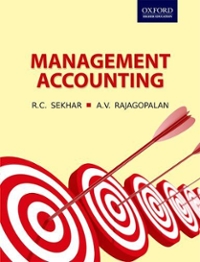Question
7.1 Patent Amazon.com has become one of the biggest online retailers. Amazon.com , Inc., enables customers to find and purchase books, music, videos, consumer electronics,
7.1 Patent Amazon.com has become one of the biggest online retailers. Amazon.com, Inc., enables customers to find and purchase books, music, videos, consumer electronics, games, toys, gifts, and other items over the Internet by using its website www.amazon.com. As an early entrant into this market, Amazon.com became a leader in e-commerce. Other e-commerce retailers began offering goods and services for sale over the web.
One problem that Amazon.com and other e-commerce retailers faced was that more than 50 percent of potential customers who went shopping online and selected items for purchase abandoned their transactions before checkout. To address this problem, Amazon.com devised and implemented a method that enabled online customers to purchase selected items with a single click of a computer mouse button. A customer who had previously registered his or her name, address, and credit card number with Amazon.com could complete purchases by clicking an instant buy button. Amazon.com applied for a software patent for its one-click ordering system, and the U.S. Patent and Trademark Office (PTO) granted patent no. 5,960,411 (411 patent) to Amazon.com. Amazon.com designated this as the 1-click ordering system.
While Amazon.coms patent application was pending, other online retailers began offering similar one-click ordering systems. One was Barnesandnoble.com, which operates a website through which it sells books, software, music, movies, and other items. Amazon.com sued Barnesandnoble.com, alleging patent infringement, and sought an injunction against Barnesandnoble.com from using its one-click ordering system. Barnesandnoble.com defended, asserting that a one-click ordering system is clearly obvious and, therefore, did not meet the required nonobvious test of federal patent law for an invention to qualify for a patent. Was Amazons 1-click ordering system nonobvious and therefore qualified for a patent? Amazon.com, Inc. v. Barnesandnoble.com, Inc., 239 F.3d 1343, Web 2001 U.S. App. Lexis 2163 (United States Circuit Court of Appeals for the Federal Circuit)
(Cheeseman 140)
Cheeseman, Henry R. Business Law, VitalSource for DeVry University, 8th Edition. Pearson Learning Solutions, 02/2013. VitalBook file.
Step by Step Solution
There are 3 Steps involved in it
Step: 1

Get Instant Access to Expert-Tailored Solutions
See step-by-step solutions with expert insights and AI powered tools for academic success
Step: 2

Step: 3

Ace Your Homework with AI
Get the answers you need in no time with our AI-driven, step-by-step assistance
Get Started


